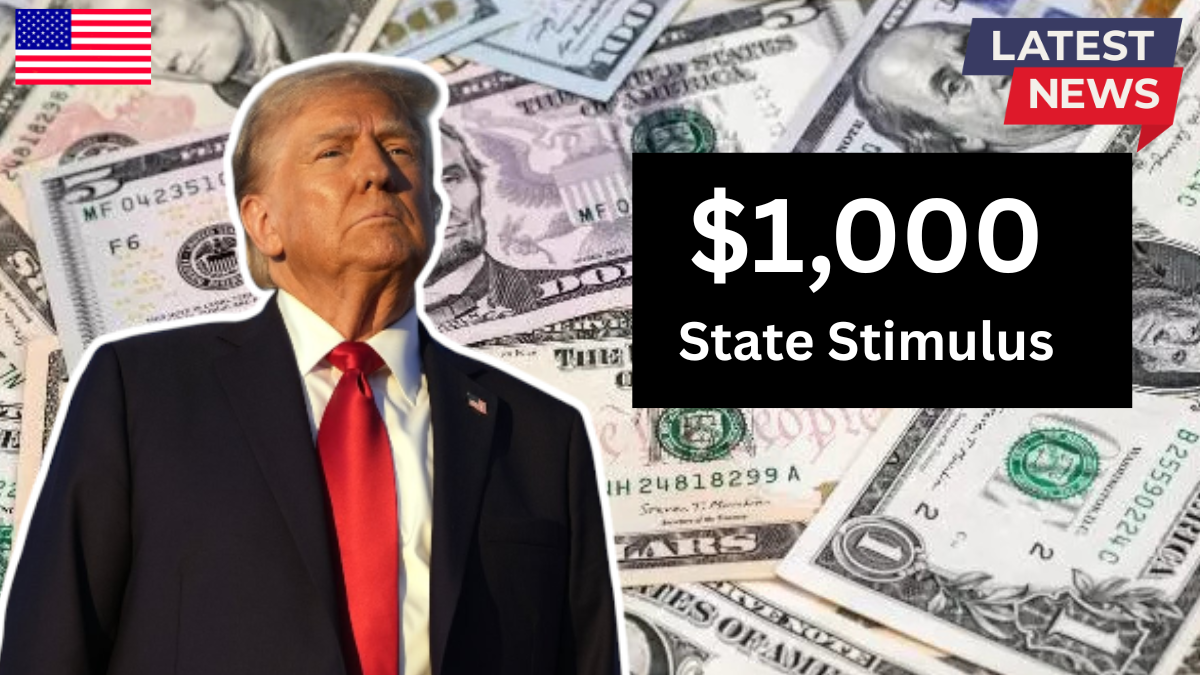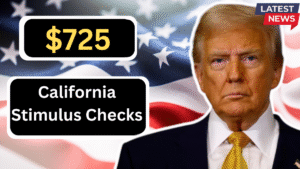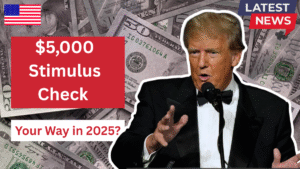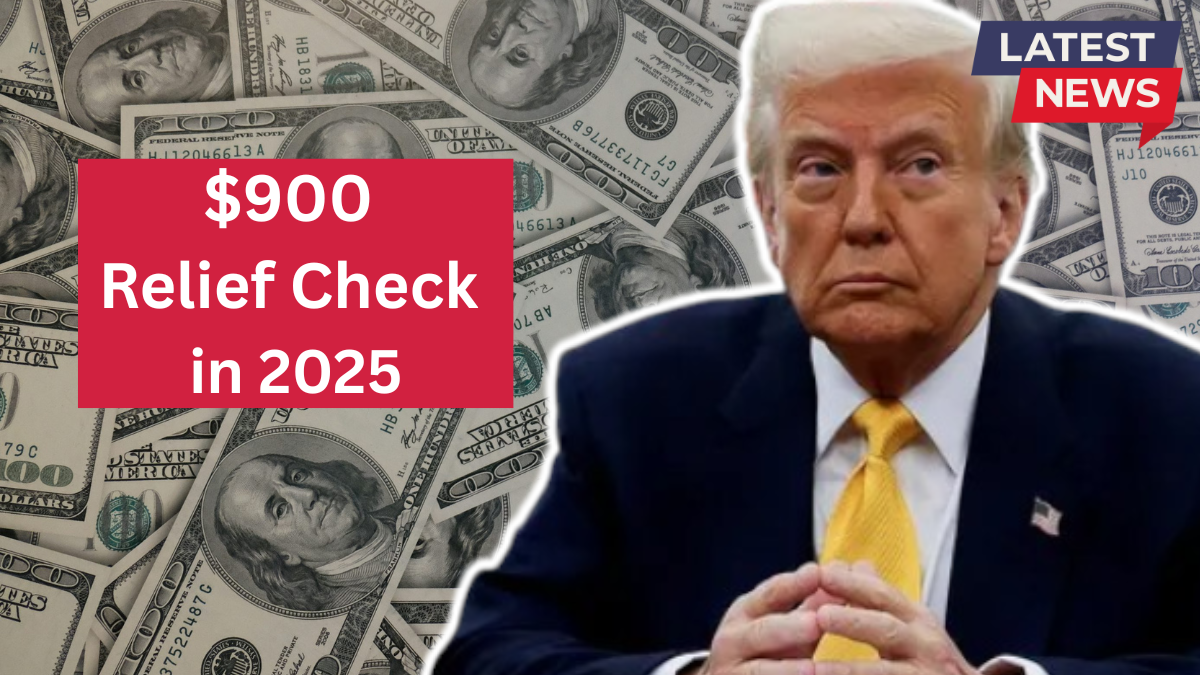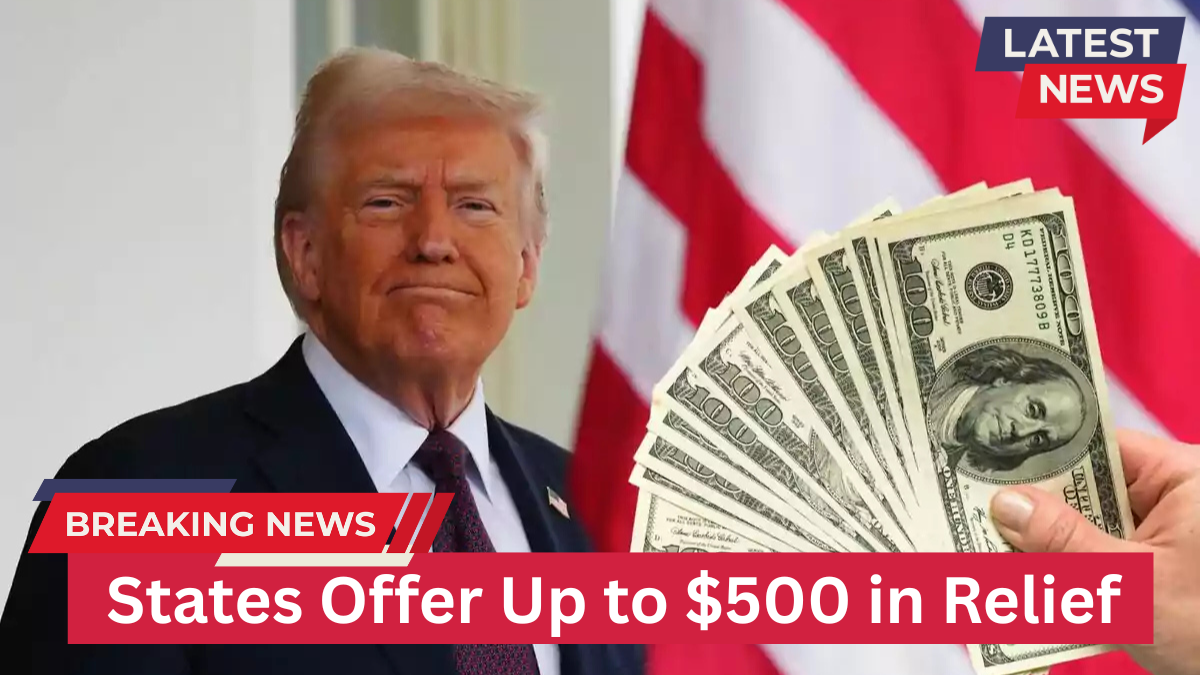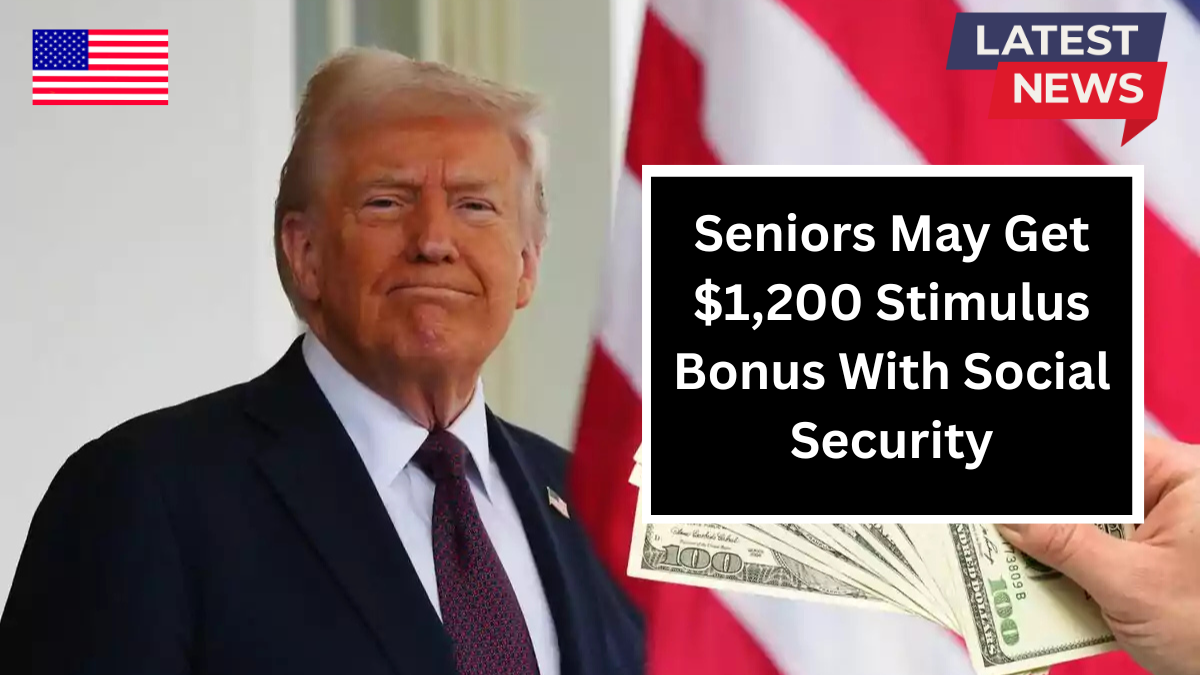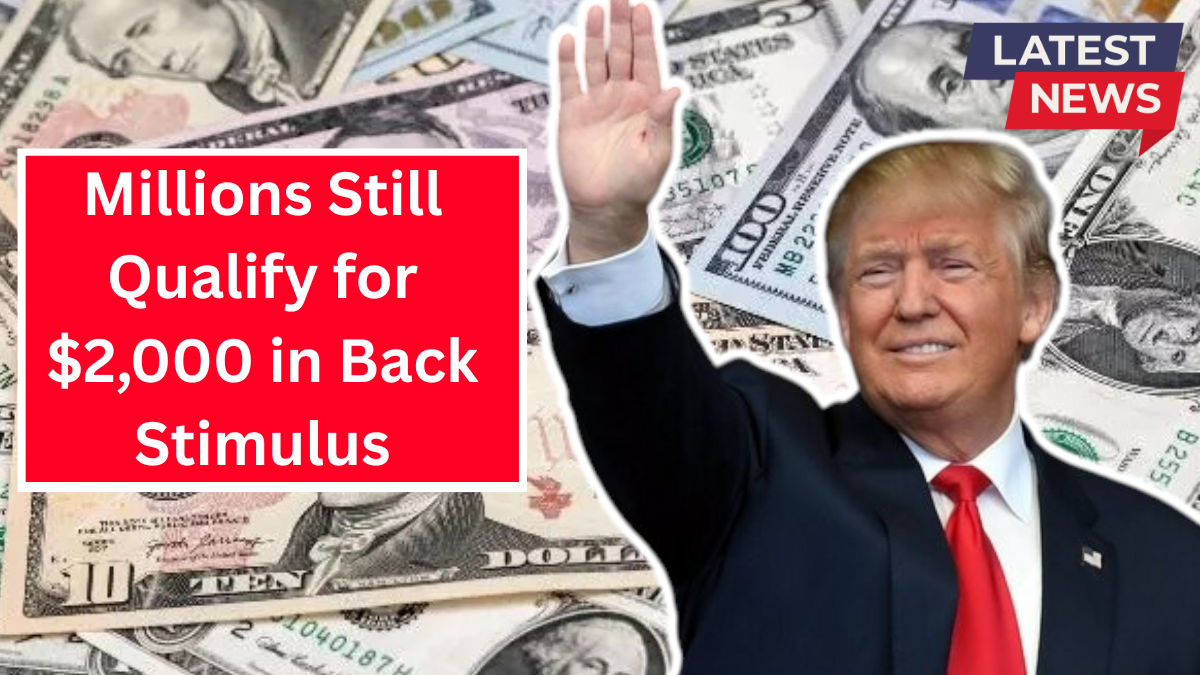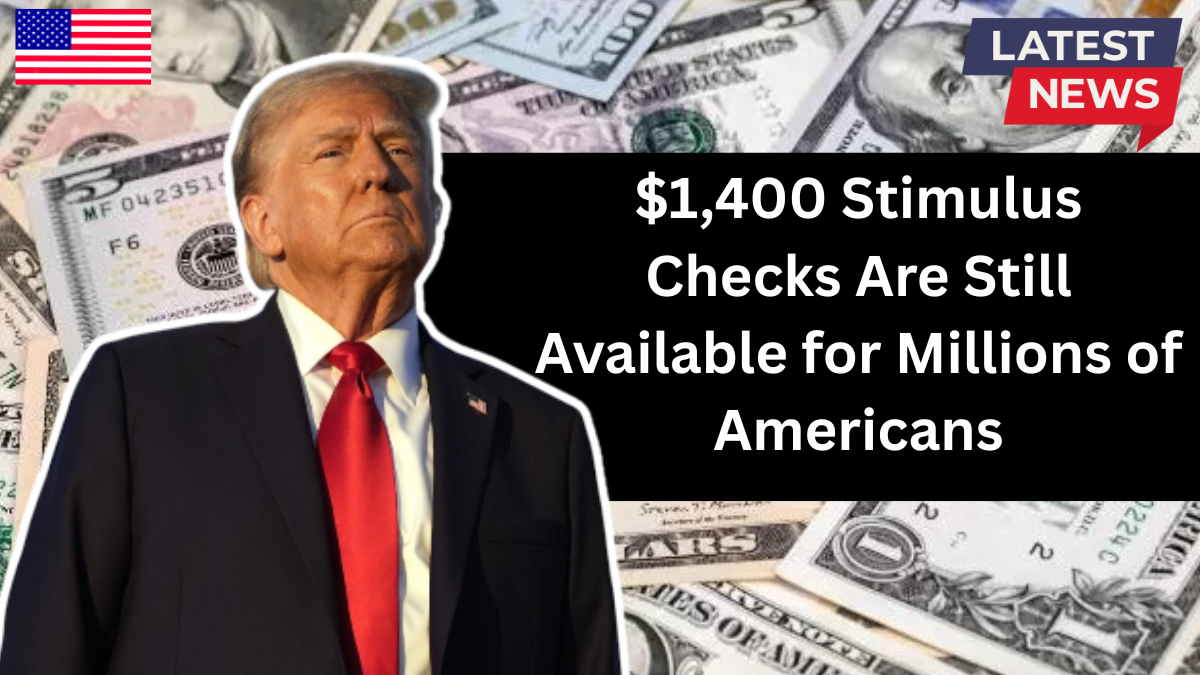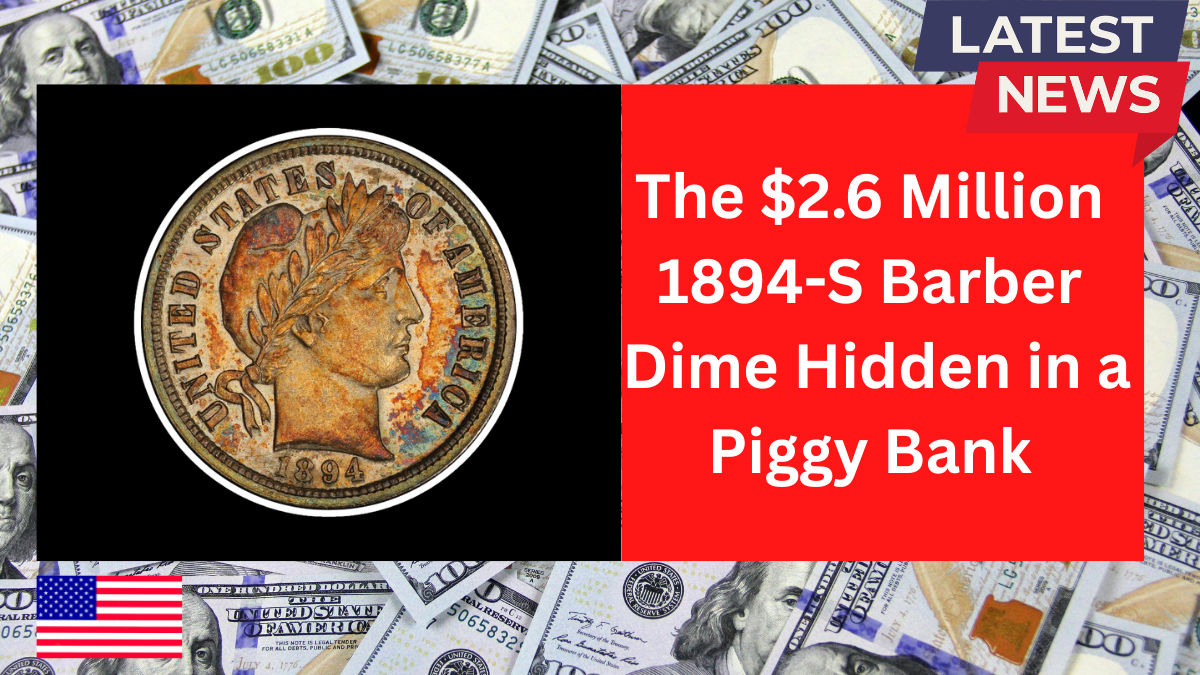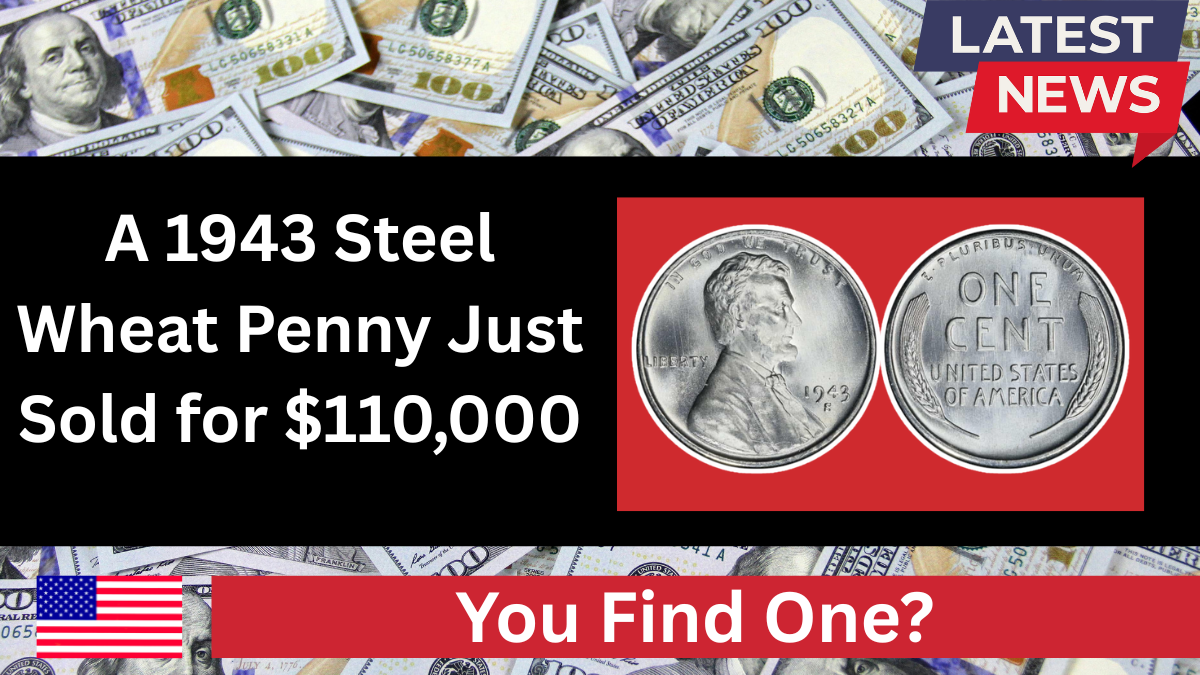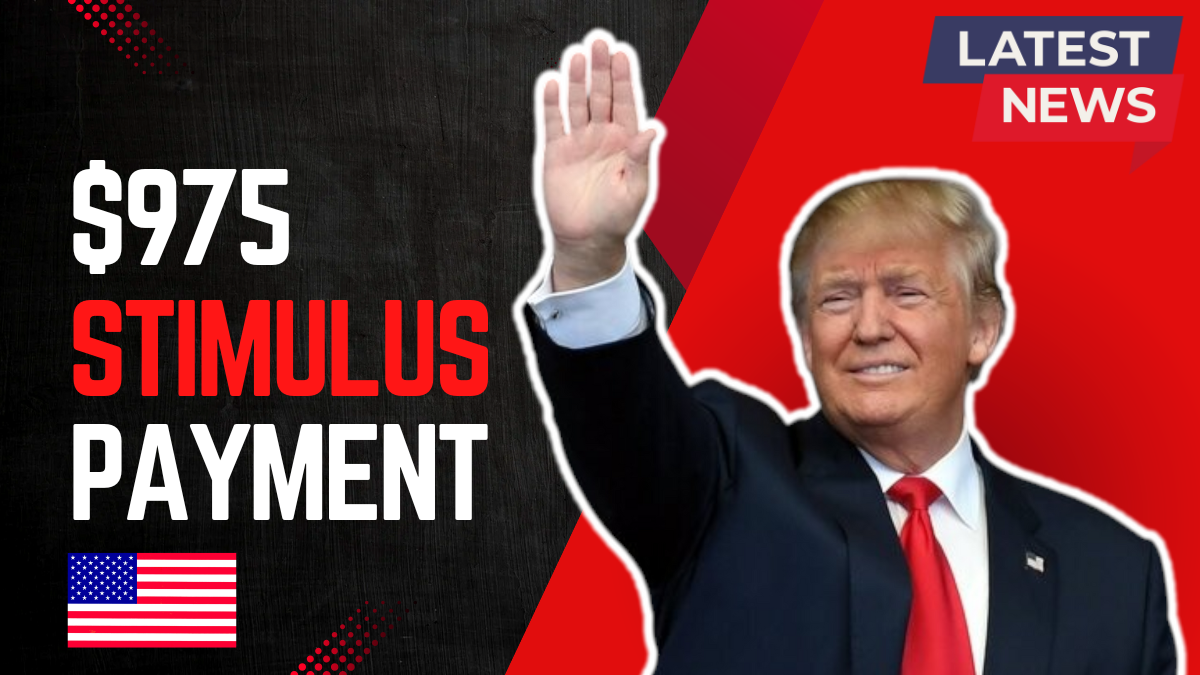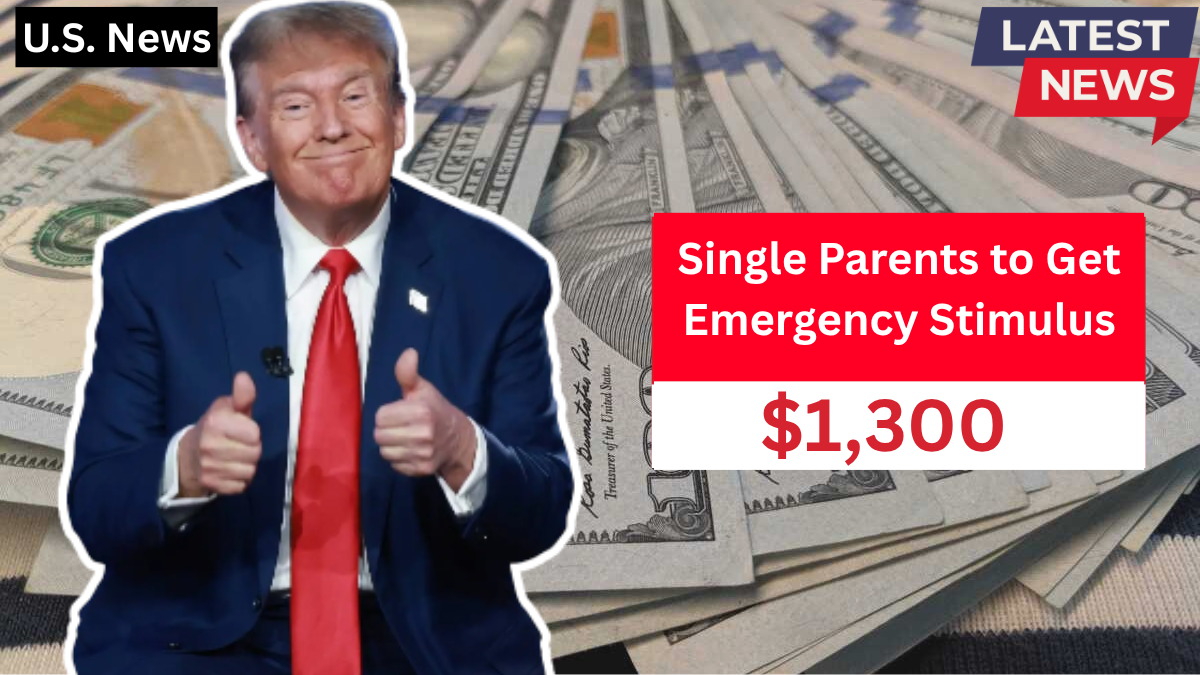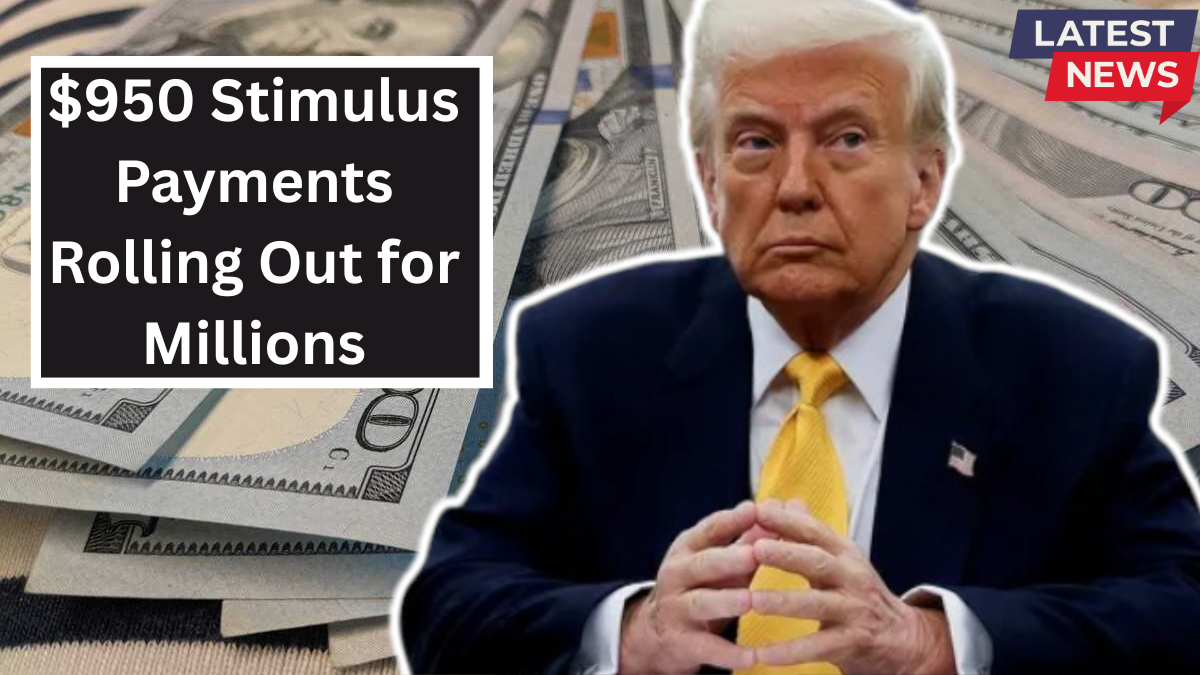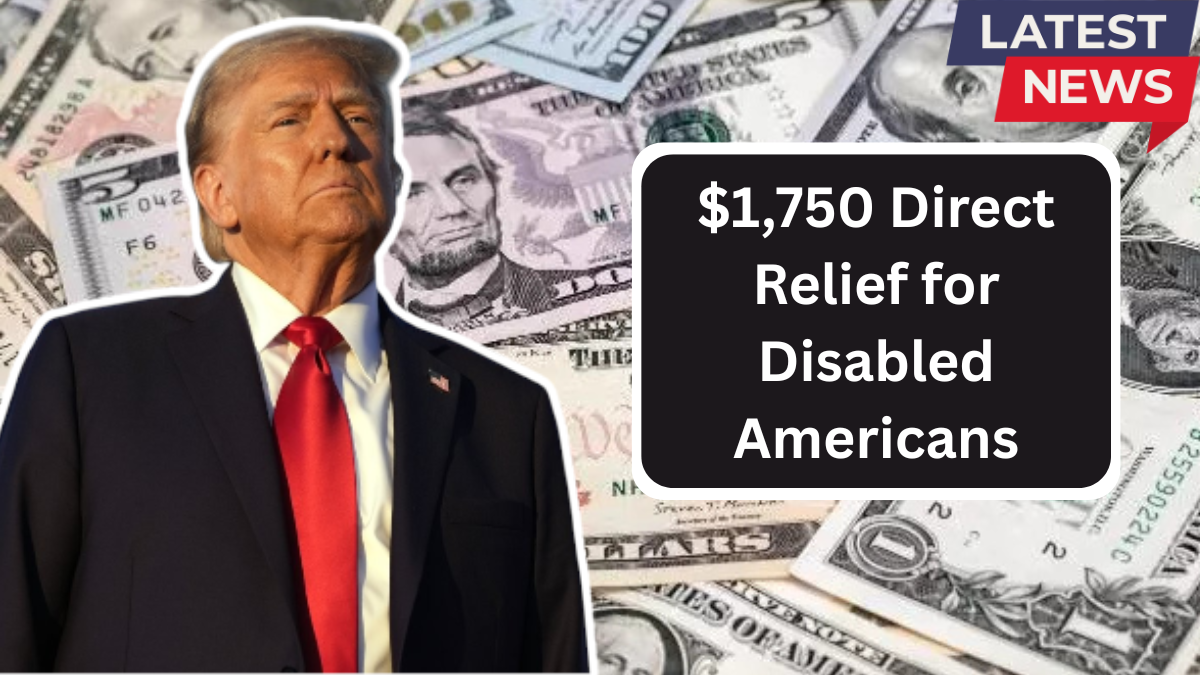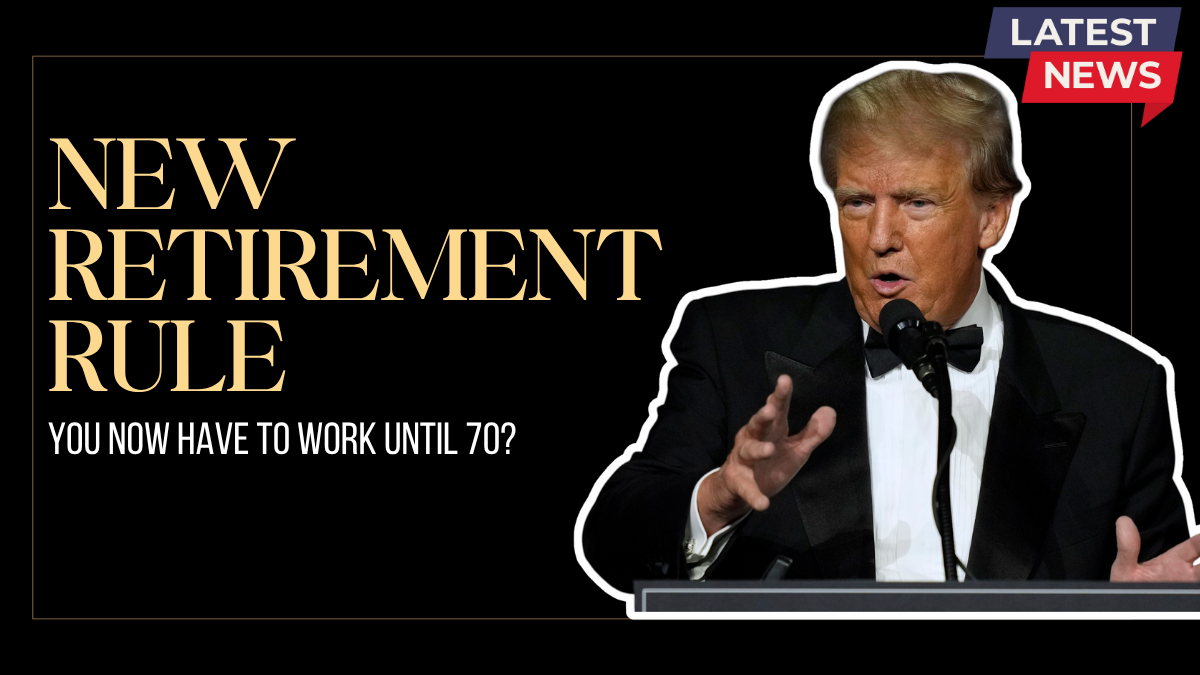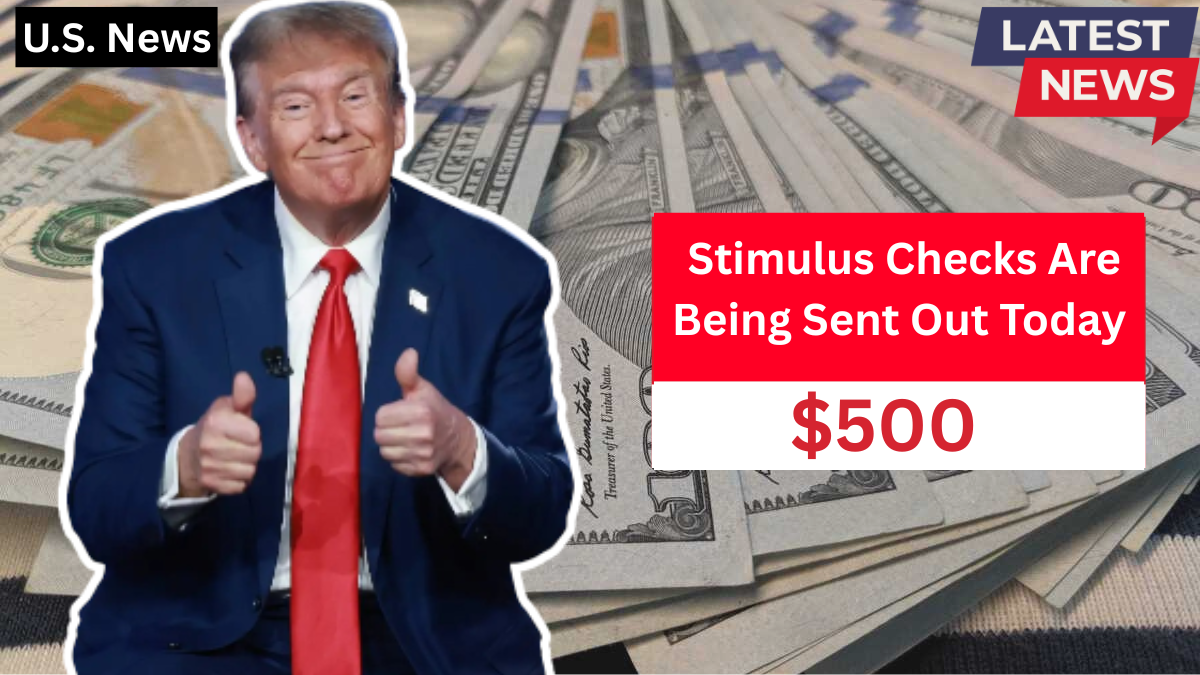2025 has been tough for many families across the United States. Prices of everyday items like food, gas, and rent are still high. If you feel like your paycheck disappears the moment you get it, you’re not alone. Millions of Americans are struggling to keep up. But there’s some good news—some U.S. states are offering $1,000 stimulus checks to help people make it through.
This one-time payment could help you cover important things like groceries, utility bills, or rent. Let’s break down who can get it and how to claim yours.
What Is the $1,000 State Stimulus in 2025?
The $1,000 stimulus check is a financial relief payment from some state governments. Unlike the old federal stimulus checks, these payments are made directly by your state. The goal is to help people who are still having a hard time because of high inflation, job losses, or low income.
Not every state is giving out this money, but a few have announced or are planning payments using extra funds from their budgets or unused COVID-19 relief money.
Which States Are Giving Out $1,000 Payments?
Here are some states offering or planning to offer $1,000 checks in 2025:
🔹 California
- Still helping residents through expanded relief programs.
- $1,000 payments expected for low- and middle-income households.
🔹 Colorado
- Has announced one-time relief payments up to $1,000 for families impacted by rising costs.
🔹 New Jersey
- Offers tax rebates and stimulus payments, including up to $1,000 for eligible renters and low-income residents.
🔹 New Mexico
- Rolling out $1,000 economic relief checks based on 2023 and 2024 tax returns.
✅ Check Your State’s Website: Visit your local Department of Revenue website for updates and exact eligibility rules.
Who Can Get the $1,000 State Stimulus?
Each state has different rules, but most follow these common guidelines:
- You must have filed your state tax return for 2023 or 2024.
- Your income must be below a certain level, usually based on your household size.
- You may need to have lived in the state full-time for the past year.
- Some states give priority to seniors, families with kids, or people with disabilities.
Important: If you haven’t filed your taxes yet, do it soon to avoid missing the payment.
When Will the $1,000 Checks Arrive?
It depends on your state. Some have already started sending out payments in early to mid-2025, while others are preparing to roll them out later this year.
Here’s how to stay on track:
- Make sure your tax filing is complete.
- Choose direct deposit if possible—it’s faster than a mailed check.
- Watch for official announcements from your state.
This $1,000 Could Be a Lifeline—Don’t Miss Out
When money is tight, even $100 can mean a lot. A $1,000 stimulus check could help you pay bills, buy food, or just stop worrying—for a little while. This is not just free money—it’s support from your state to help you breathe a bit easier.
If your state is offering this payment, take it seriously. Check if you qualify, file your taxes, and make sure your details are updated. This one-time payment could give you the small break you’ve been needing.
Frequently Asked Questions (FAQs)
Q: Is this $1,000 check from the federal government?
No, it’s from some state governments using their own relief funds.
Q: Do I need to apply for it?
Most states use your tax return info—no extra application needed. Just make sure your taxes are filed.
Q: Who qualifies for the $1,000 payment?
Usually people with low to moderate income, depending on the state’s rules.
Q: How will I get the payment?
By mail or direct deposit, depending on how you filed your state taxes.
Q: When will the checks arrive?
Some are going out now, while others may be sent in the coming months of 2025.
